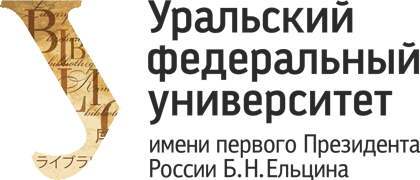“Difficult questions” of Russian History: Opinions and Forecasts
DOI:
https://doi.org/10.15826/qr.2020.2.481Keywords:
history education; national history; Varangian question; Russian Empire; 1917 Russian Revolution; Soviet modernizationAbstract
This article deals with the professional discussion about the so-called “difficult questions” of Russian history that involves historians and teachers in the now independent republics of the former Soviet Union and Eastern Block. Both academic publications and teaching books are used as primary sources for the study. In the first section, the author studies several problems connected with the origin of Russian statehood, the Varangian question, and civilizational characteristics of East Slavic nations. The second section is devoted to the Russian imperial past and especially to the discourse on colonialism, which is often used as an explanatory model for the imperial period by historians and textbook authors in some of the post-Soviet countries. The third section is concerned with the conception of the 1917 revolution. The author emphasizes the fact that the conception of a continuous revolutionary process (1917–1922) has yet to be accepted by Russian secondary schools. In this part, the author considers several other factors significant for understanding the revolutionary process including issues such as the origins of the First World War and the developmental level of the Russian Empire in the early twentieth century. In the fourth section, the article discusses the conception of the 1930s Soviet modernization along with negative opinions about the Soviet period given by scholars of different former Soviet republics. In the fifth section, the author briefly observes contemporary studies of culture and everyday life. It is concluded that the history of culture is not represented well in Russian school textbooks, and it is also found that the studies on everyday life are often lacking in depth. Discussing various “difficult questions” of Russian history, the author highlights controversial historical ideas and opinions, formulated in the post-Soviet countries during the last decades.










